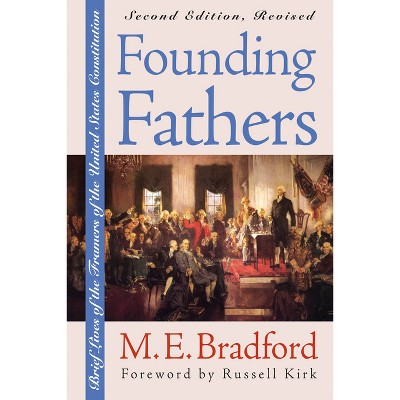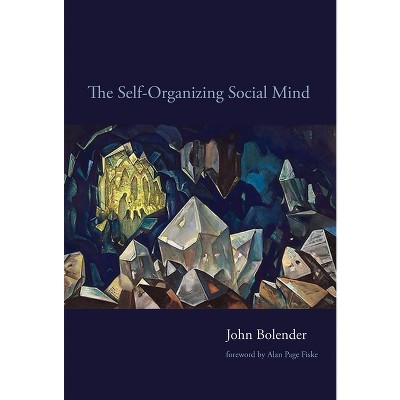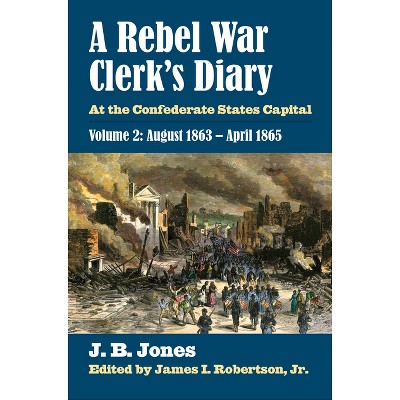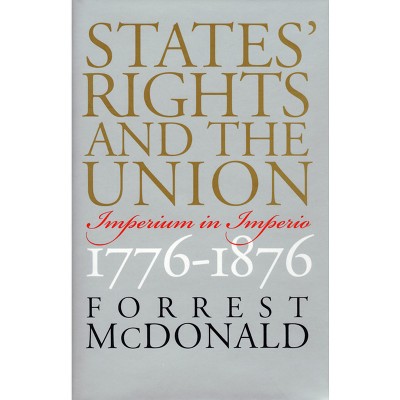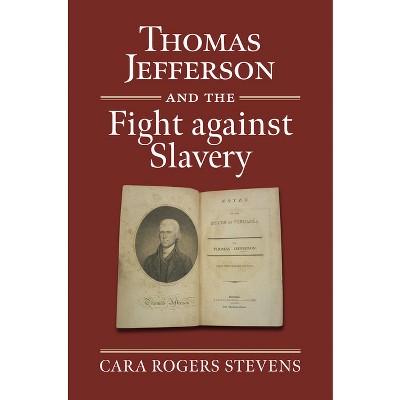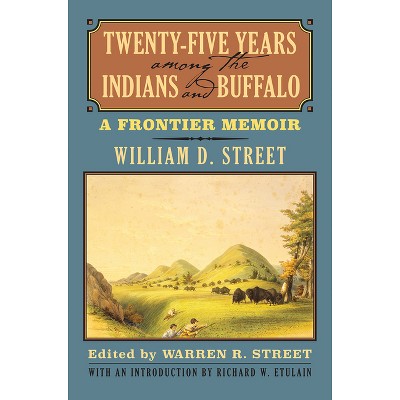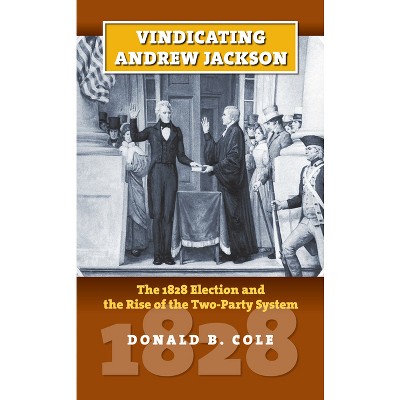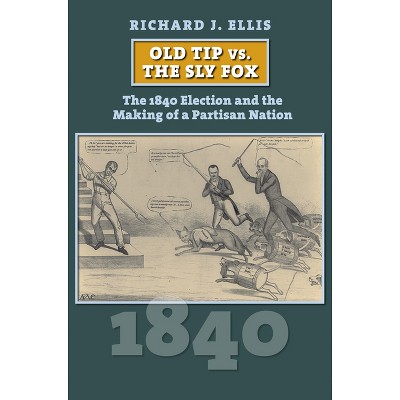Sponsored

Child Labor in America - by John A Fliter (Paperback)
In Stock
Sponsored
About this item
Highlights
- Child labor law strikes most Americans as a fixture of the country's legal landscape, involving issues settled in the distant past.
- Author(s): John A Fliter
- 320 Pages
- History, United States
Description
About the Book
A comprehensive history of the legal struggle over child labor in America, from the earliest state regulations, to the landmark Supreme Court decisions culminating in U.S. v. Darby Lumber.Book Synopsis
Child labor law strikes most Americans as a fixture of the country's legal landscape, involving issues settled in the distant past. But these laws, however self-evidently sensible they might seem, were the product of deeply divisive legal debates stretching over the past century--and even now are subject to constitutional challenges. Child Labor in America tells the story of that historic legal struggle. The book offers the first full account of child labor law in America--from the earliest state regulations to the most recent important Supreme Court decisions and the latest contemporary attacks on existing laws. Children had worked in America from the time the first settlers arrived on its shores, but public attitudes about working children underwent dramatic changes along with the nation's economy and culture. A close look at the origins of oppressive child labor clarifies these changing attitudes, providing context for the hard-won legal reforms that followed. Author John A. Fliter describes early attempts to regulate working children, beginning with haphazard and flawed state-level efforts in the 1840s and continuing in limited and ineffective ways as a consensus about the evils of child labor started to build. In the Progressive Era, the issue finally became a matter of national concern, resulting in several laws, four major Supreme Court decisions, an unsuccessful Child Labor Amendment, and the landmark Fair Labor Standards Act of 1938. Fliter offers a detailed overview of these events, introducing key figures, interest groups, and government officials on both sides of the debates and incorporating the latest legal and political science research on child labor reform. Unprecedented in its scope and depth, his work provides critical insight into the role child labor has played in the nation''s social, political, and legal development.Review Quotes
"The book stands as an excellent analysis of the ways in which reform legislation can make it through Congress. It demonstrates that success is a mother both social consciousness raising and political maneuvering."--Perspectives on Politics
"A necessary read for those interested in the development of federal authority or the history of old policies under renewed debate."--Journal of Arizona History
"A valuable resource for academics and professionals dealing with juvenile-related public policy."--Choice
"Fliter chronicles the century-long struggle in the United States, complicated by the structural constraints of American constitutionalism, to abolish the social evil of child labor. By the mid-twentieth century, reformers had forged a national consensus and secured state and federal laws to keep children in school and out of unsafe workplaces, but that consensus is unraveling. This timely history is a wake-up call for twenty-first-century Americans."--David S. Tanenhaus, author of The Constitutional Rights of Children: In re Gault and Juvenile Justice, 50th Anniversary Edition
"In this detailed and clearly written book, John A. Fliter focuses on child labor as a legal and administrative issue at both the state and federal levels. The book's greatest contribution is its comprehensive approach, which starts in the 1840s and continues up to the present day when child labor laws have once again come under fire. This immediately becomes one of the most useful books on American child labor law."--James Marten, professor of history at Marquette University and former president of the Society for the History of Children and Youth
"Child Labor in America provides an invaluable history of the movement to establish federal regulation of child labor. It connects previously disconnected parts of that story into a comprehensive and accessible whole. It will prove to be an outstanding resource for general readers who want an introduction to this subject and to educators who teach politics and constitutional law."--James D. Schmidt, author of Industrial Violence and the Legal Origins of Child Labor
Shipping details
Return details
Frequently bought together


Trending Non-Fiction







